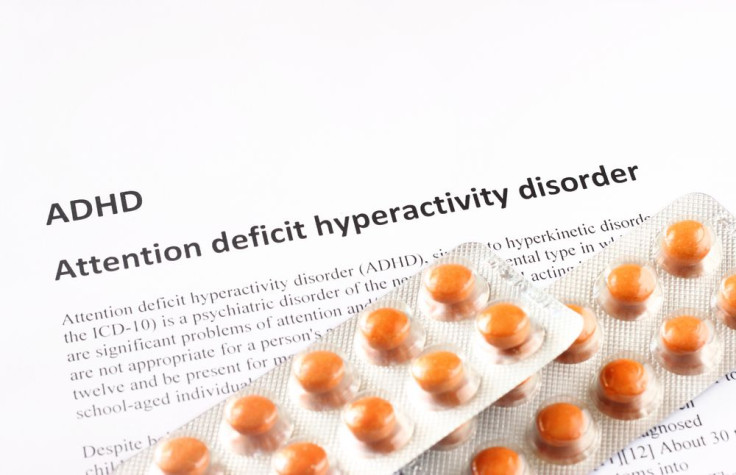ADHD Misdiagnosis Prevented With MRI Technique Measuring Brain Iron Levels

Brain iron deficiency is known to be present in patients with attention deficit hyperactivity disorder (ADHD). Measuring levels of brain iron through magnetic resonance imaging (MRI) will help doctors in early and accurate identification of children with ADHD and to make better informed decisions about medication, according to new research published online in the journal Radiology.
"Much debate and concern has emerged regarding the continual rise of ADHD diagnosis in the U.S. given that two-thirds of those diagnosed receive psychostimulant medications. We wanted to see if we could identify brain iron as a potential non-invasive biomarker for medication-naïve ADHD to prevent misdiagnosis," said Dr. Vitria Adisetiyo, postdoctoral research fellow at the Medical University of South Carolina in Charleston, S.C., according to a press release.
The study involved measuring brain iron levels of in 22 children and adolescents with ADHD, 12 of whom had never been on medication for their condition (medication naïve), and 27 healthy control children and adolescents using a magnetic resonance imaging (MRI) technique called magnetic field correlation imaging. The technique was introduced in 2006 by study co-authors and faculty members Drs. Joseph A. Helpern and Jens H. Jensen. No contrast agents were used, and blood iron levels in the body were measured using a blood draw.
The researchers found that brain iron levels were significantly lower in the 12 children who were medication naïve compared to the ones on psychostimulants and the children in the control group. Patients who were on psychostimulants for their ADHD had brain iron levels comparable to the controls. This led to the inference that psychostimulants helped in increasing brain iron levels to normal.
"Our research suggests that iron absorption into the brain may be abnormal in ADHD given that atypical brain iron levels are found even when blood iron levels in the body are normal," Adisetiyo said. "We found no differences in blood iron measures between controls, medication-naïve ADHD patients or pscyhostimulant-medicated ADHD patients."
Noninvasive techniques like this are especially useful in paediatric populations to detect low levels of iron in the brain and help improve diagnosis for a condition, which is not easily recognized. Currently there are no individual tests to recognize ADHD and diagnosis is based only on subjective clinical interviews and questionnaires.
According to Adisetiyo, having a biological biomarker may help inform clinical diagnosis, particularly in borderline cases. The researchers are trying to replicate the results on a large scale and identify patients who absolutely require psychostimulants, long term use of which can increase the chance of substance abuse or dependence.
"We want the public to know that progress is being made in identifying potential noninvasive biological biomarkers of ADHD which may help to prevent misdiagnosis," Adisetiyo said. "We are currently testing our findings in a larger cohort to confirm that measuring brain iron levels in ADHD is indeed a reliable and clinically feasible biomarker."
ADHD is a psychiatric childhood disorder and can continue through adolescence and adulthood. Most significant symptoms include lack of attention, hyperactivity, and impulsive behavior. According to the American Psychiatric Association , ADHD affects three to seven percent of school-age children. Other statistics show that ADHD affects about 4.1 percent American adults age 18 years and older in a given year. The disorder affects 9.0 percent of American children age 13 to 18 years. Boys are four times more times more likely to get it than girls.
Despite being one of the most common psychiatric disorders in children, its exact cause is unknown though, genetic predisposition, or other factors like brain injury, lack of nutrition, or environment are thought to be contributing factors. Medications currently available for ADHD focus on reducing the symptoms and improve functioning. These include psychostimulants like Ritalin that affect levels of dopamine, a neurotransmitter in the brain associated with addiction, and helps children control their hyperactivity and focus better.
Source: Adisetiyo V, Gray KM, Castellanos FX, et al. Multimodal MR Imaging of Brain Iron in Attention Deficit Hyperactivity Disorder: A Non-invasive Biomarker that Responds to Psychostimulant Treatment? Radiology. 2014.



























